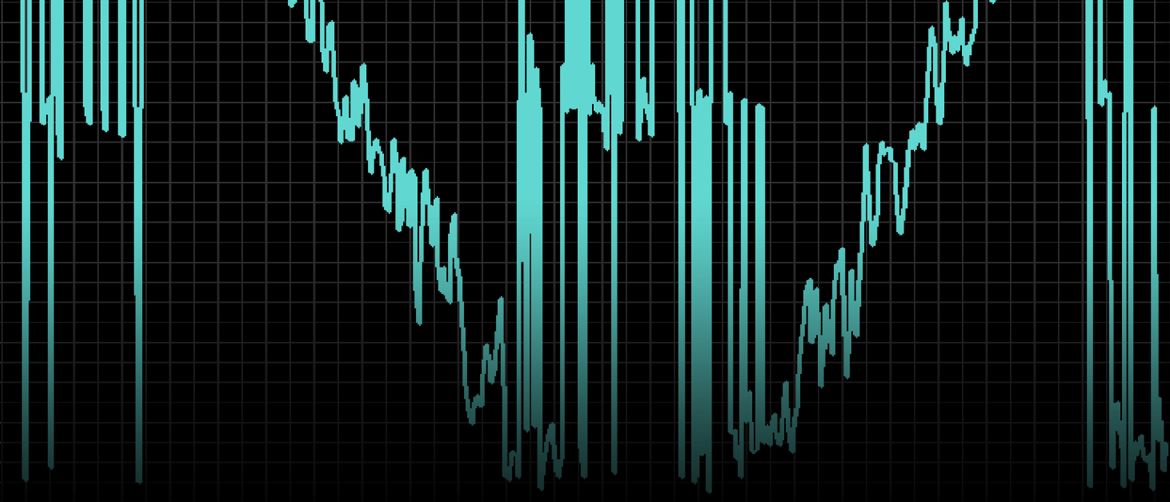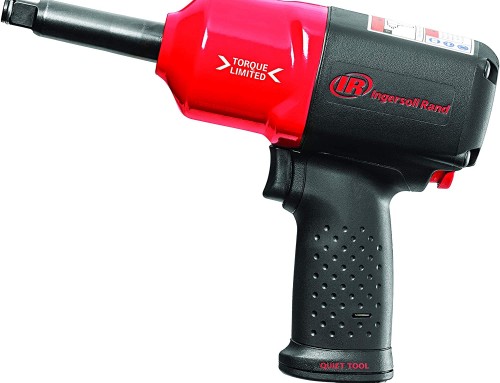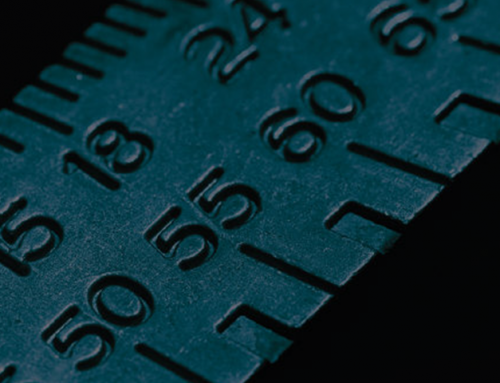As we have discussed in previous blogs, the purpose of calibration is to take a “snapshot in time” on a Unit Under Test (UUT) to determine performance. We are comparing our measured values against the (Original Equipment Manufacturer’s) OEM’s specifications for a specific instrument. This is commonly referred to as compliance testing. Occasionally, specifications are provided to us by the customer and we compare to those requirements. But what does all of this mean? What do you do with this information? The idea behind this blog is to explain, in general terms, what a client may do with the data provided to them when an instrument is calibrated.
Data in a nutshell…
The desired outcome for clients when they send instruments in for calibration is for the unit to be found “Within Tolerance” or WT. What this means is all points tested were found to be within limits when compared against the OEM’s specifications. As an example, if we were to apply 3.900 VDC to a Multimeter using a multifunction calibration and the unit under test gives us a reading of 3.899 VDC with a tolerance of ±0.005 VDC this value would be considered to be Within Tolerance (i.e. the value obtained fell between 3.895 VDC and 3.905 VDC). Keep in mind that we also need to be aware of any limitations and uncertainty values for the calibrator we are using when making these measurements.
In some cases, instruments fail calibration by not meeting all the pass criteria. Taking our previous example, should 3.900 VDC be applied to a Multimeter and the unit under test give us a reading of 3.885 VDC, this unit is Not Within Tolerance or NWT (sometimes referred to as an OOT or Out of Tolerance Condition). In these NWT or OOT cases, after the data is collected the unit under test (UUT) can often be adjusted as per the OEM’s procedure and the values retested again. Repair may also be involved and customer input is important at this juncture.
Why are the numbers important?
Customers send in instruments for calibration for a variety of reasons. Often times it is an ISO or Quality System requirement. It can also be their customers that demand the process or it may be out of concerns for some measurements they are taking that need to be validated.
Given these scenarios, the values obtained during a calibration may have a different importance depending on the client. Some clients simply want to know that their tools are functioning properly and/or are compliant with the specifications. They don’t really focus on any individual data points.
Others, especially in the medical community, aerospace industries, and some manufacturing environments, take a more active interest in the data points. This is especially true if there is a failure or OOT condition that can trigger an internal investigation to see if any past testing they performed may have been impacted. They would look at the severity of the failure (i.e. how far out of tolerance was the test point) and determine whether it was part of a critical process. So, in these cases, they can use this data to evaluate risk and determine appropriate actions.
Although rare, some companies look at optimization and want to know when a test value is at 80% or 90% of its tolerance. When these limits are reached, it may trigger an instrument adjustment process to bring the values to a better nominal value.
How else can the numbers be used?
Typically an instrument is sent in annually for calibration. Over time a significant amount of test data is collected and this data is valuable when it comes to tracking the trend of an instrument. A client can take a look at the collected data year after year to see how the instrument behaves. As an example, a unit may exhibit drifting values; in other words, a tested value may slowly be approaching an upper or lower tolerance limit each year.
A unit may be found to be out of tolerance (OOT) every year or every second and require adjustment. In such cases, the client may wish to change their recall dates to a shorter time period or perhaps retire the instrument.
On the other hand, if a unit exhibits consistent Within Tolerance (WT) results each year, a client may want to extend the calibration cycle from 1 to 2 years. In this case, the trend can be used to save calibration dollars with the additional benefit of less internal handling and asset management.
Final Thoughts
The general idea behind test data is to show a client how their equipment was performing at the time of testing. As you can see, the data provided can be used for different purposes depending on the industry or from client to client.
In our next blog, we will delve into accredited calibrations and the differences between a standard, traceable calibration vs an accredited calibration. We will also look at how the data presentation varies between the two and what is involved in the uncertainty calculations.
Written by Penny Leimbrock, Technical Manager & Business Development for Pylon Electronics Inc – Mississauga.
12 June 2018




